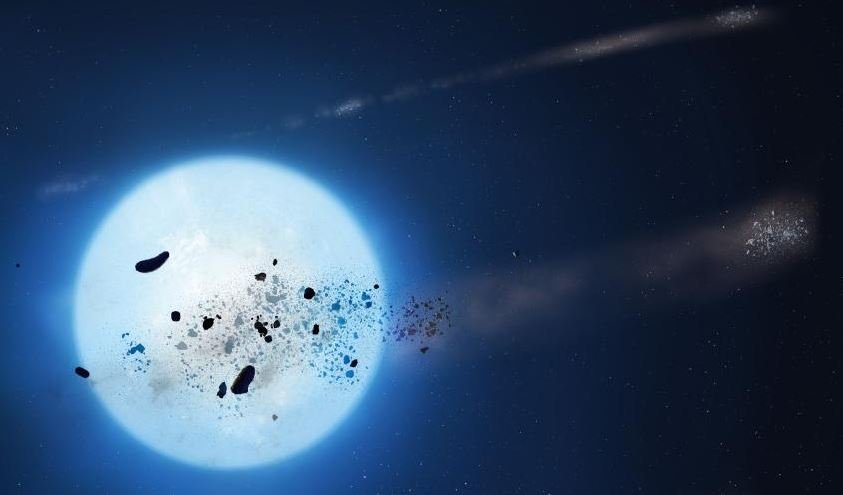In a new paper published in the scientific journal Monthly Proceedings of the Royal Astronomical Society, a group of researchers explain: As the Sun dies, what will be the fate of some celestial bodies in the Solar System, including Earth?
After all, what could happen if the Sun stopped working as it does now? The explanation may be simpler than you think.
Other scientific studies have also commented on the possibility of the Sun dying in about 5 billion years – alas, we are saved. In the best-case scenario, Earth would not be completely destroyed by that time, but there would no longer be any life on the planet.
Before the Sun turns into a white dwarf, it will consume its hydrogen fuel and expand until it reaches the red giant point. The goal of scientists is to understand exactly what might happen to asteroids, moons and planets close to the white dwarf. Their conclusion is that these celestial bodies are destined for a violent and apocalyptic end.
“The simple fact that we can detect debris from asteroids, perhaps moons, and even planets orbiting a white dwarf every two hours is quite mind-blowing, but our study shows that the behavior of these systems can evolve rapidly, within seconds and a few years. Although we think we are on the right track in our work, The fate of these systems is much more complex than we could have imagined,” said Boris Gaensicke, one of the authors of the paper and a professor at the University of Warwick (UK).
The death of the Sun and the birth of a white dwarf
The probability of a white dwarf passing close to Earth is almost zero, but if it did, our blue planet would be shattered into tiny pieces. To achieve this result, The researchers analyzed stellar data collected over 17 years, including information from three white dwarfs that behaved differently than normal.
The examined white dwarf stars are scientifically named ZTF J0328-1219, ZTF J0923+4236 and WD 1145+017. The saddest news, as researchers explain in a statement, is that Earth will likely be swallowed by the expanding Sun, becoming a red giant, before becoming a white dwarf.
“The unpredictable nature of these transits can drive astronomers crazy; one minute they’re there, the next minute they’re gone. This speaks to the chaotic environment they find themselves in. For the rest of the solar system, some asteroids located between Mars and Jupiter and perhaps some moons of Jupiter “It could dislodge and get close enough to the eventual white dwarf to undergo the catastrophic process we’re looking at,” Gaensicke adds.
Did you like the content? Stay up to date with more studies on astronomy at TecMundo. If you wish, take the opportunity to understand how to find planetary systems in habitable zones.
Source: Tec Mundo
I’m Blaine Morgan, an experienced journalist and writer with over 8 years of experience in the tech industry. My expertise lies in writing about technology news and trends, covering everything from cutting-edge gadgets to emerging software developments. I’ve written for several leading publications including Gadget Onus where I am an author.












